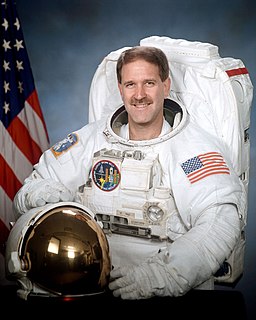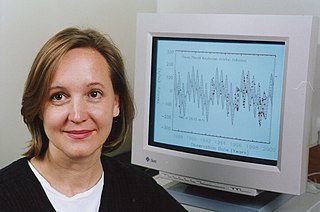A Quote by Seth Shostak
The planets and moons of our solar system are blatantly visible because they reflect sunlight. Without the nearby Sun, these planets would be cryptic and dark on the sky.
Related Quotes
When I grew up as a kid, we didn't know there were any other planets outside of our own solar system. It was widely speculated that planet formation was an incredibly rare event and that it's possible that other planets just don't exist in our galaxy, and it's just this special situation where we happen to have planets around our sun.
There's no doubt that the search for planets is motivated by the search for life. Humans are interested in whether or not life evolves on other planets. We'd especially like to find communicating, technological life, and we look around our own solar system, and we see that of all the planets, there's only one that's inhabited.
Just as our solar system has a certain idiosyncratic assortment of planets and moons, different from any neighboring system yet categorically equivalent, so each distinct period of human history might have special qualities and individuals, characteristics and events, yet still be essentially akin beneath the surface to all the others.
When Hubble was launched, it became clear very shortly thereafter that there was a problem with the optics.The mirror was not quite the right shape. And the one program that I had really been looking forward to doing with Hubble was studying outer planets in our solar system, the planets Uranus and Neptune.
































